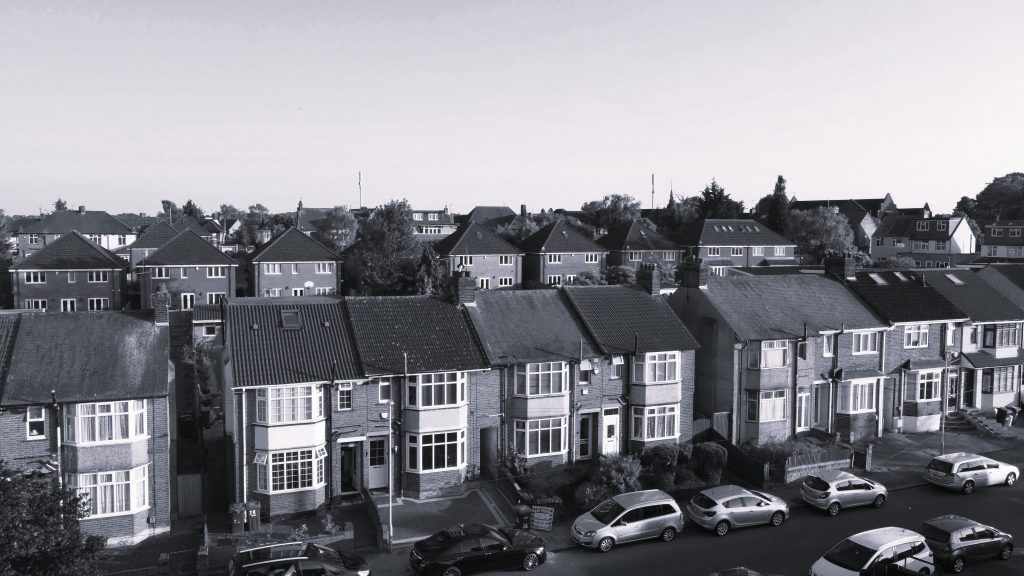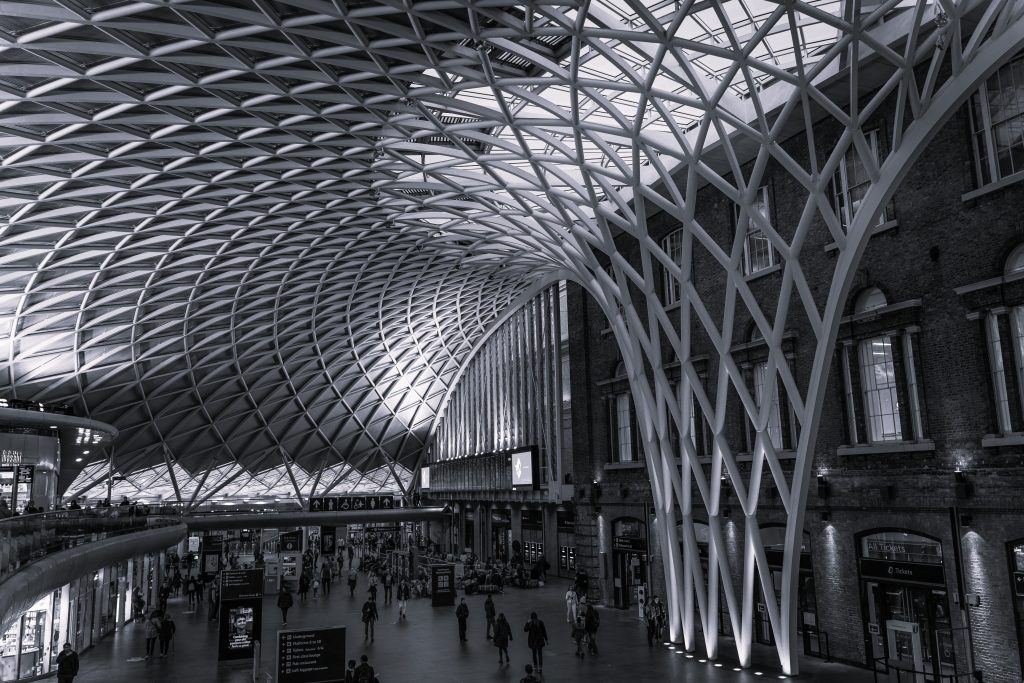Why it’s time for our housebuilders to think like placemakers.
Let’s start with the obvious: housing is in crisis. Most agree we need more of it – 1.5 million homes by the end of this parliament, in case you haven’t been listening. The government’s blueprint is bold, the need is urgent, and the rhetoric louder than ever. But the danger? We build homes without thinking beyond the bricks and mortar.
Before I go any further – please consider this a love letter to our residential developers. I’ve previously written for the Green Chronicle about a call to arms for “InfraYIMBYism”. My take is this: yes, the UK needs more homes, but what else? Critical infrastructure. A recent conversation with an ING colleague took my personal manifesto to its natural conclusion. If we must “build, build, build” and the economy needs to “grow, grow, grow”, then the residential sector need not tear up its playbook entirely, rather, borrow the latest edition of the commercial real estate manual.

Places make spaces
The residential sector can often treat place like an afterthought. While commercial real estate has evolved into a symphony of masterplanning, placemaking and even social value, our housebuilding efforts in the UK are still too often driven by where homes can be built, for what price and how fast they can be sold.
Our commercial sector gets it. It has to. The pressures to create future-proofed developments are more acute than ever. Today’s commercial developments are complex, collaborative ecosystems. They involve multiple partners from day one. Local authorities, city leaders, architects, investors, operators, community groups – you name it.
They don’t just build offices or shops, they build districts. They plan for life beyond handover. They understand that a building’s value isn’t just in its yield – it’s in its impact.
Structural flexibility is baked in, as is social contribution to place, wellbeing of end-users and residents, how footfall will shape the local ecosystem, and designing with integrity and vibrancy.

It’s a numbers game
How many times have we heard that number? 1.5 million times by now, probably. And that’s a problem. There has so far been little articulation about what and where these units will be delivered. The ultimate measurement for success is unit delivery. Buy the land, build on it, job done. The long-term social return? Someone else’s problem.
But if our sector is serious about delivering all these homes, we can’t just build at scale, we must build with sense. Otherwise, we’re not solving a crisis, we’re at risk of compounding it.
The solution? Surely lessons can be shared. Our commercial sector has had to evolve, at rapid speed in recent years, to ensure that what gets built ticks all those regenerative boxes. But it’s not clear to me if we take the same approach to where we live.
The planning paradox
This isn’t a minor design issue; it’s a fundamental structural difference. Commercial schemes are often part of wider regeneration efforts. They live and die by the planning process, and as a result, they’re forced to account for wider outcomes. They have to integrate. Resi, meanwhile, still functions piecemeal, with developers picking off plots, delivering boxes and moving on.
That’s not to say our housebuilding fraternity is full of bad actors. Planning frameworks reward speed and volume, not vision. Local authorities under pressure are forced to approve what they can, not necessarily what they need. And without better incentives or mandates, we end up with a sea of disjointed developments that don’t add up to anything cohesive.

A house doesn’t make a home
And this is where commercial is ahead. Think of the best examples: King’s Cross, Battersea, MediaCity… These weren’t just real estate schemes born in isolation – they were masterplans. They weren’t led by housebuilders ticking off units; they were built by coalitions, guided by vision and delivered through trust, partnership and time.
These projects factored in transport, culture, education, public realm, green space. They treated human experience as the product – not just the building. And that’s why they work.
Housing delivery, by contrast, remains piecemeal, both in inception and delivery. Copy-and-paste housing developments may keep that figure ticking upwards but building with economic growth as the end goal cannot be achieved by just reaching that target. Building places in which people want to live, outside of the bricks they call home, is equally important. Location is paramount, with proximity to essential amenities, schools and work being highly valued – as is a safe, friendly and well-maintained neighbourhood with good community connections. The truth is homes aren’t enough. We need connectivity. Schools. Healthcare facilities. Spaces to work and play.
Collaboration is the only way forward
To get there, we need to stop treating commercial and residential as separate industries. They’re two sides of the same built world. It’s time for our housebuilders to think like placemakers – multidisciplinary, forward-thinking and socially attuned.
We need joined-up thinking, long-term operating models and cross-sector partnership from day one. Because that’s what makes places work. That’s what unlocks real value – not just financial, but social, human, environmental. Because it’s not about how many we build. It’s about what we build – and who we build it for.




